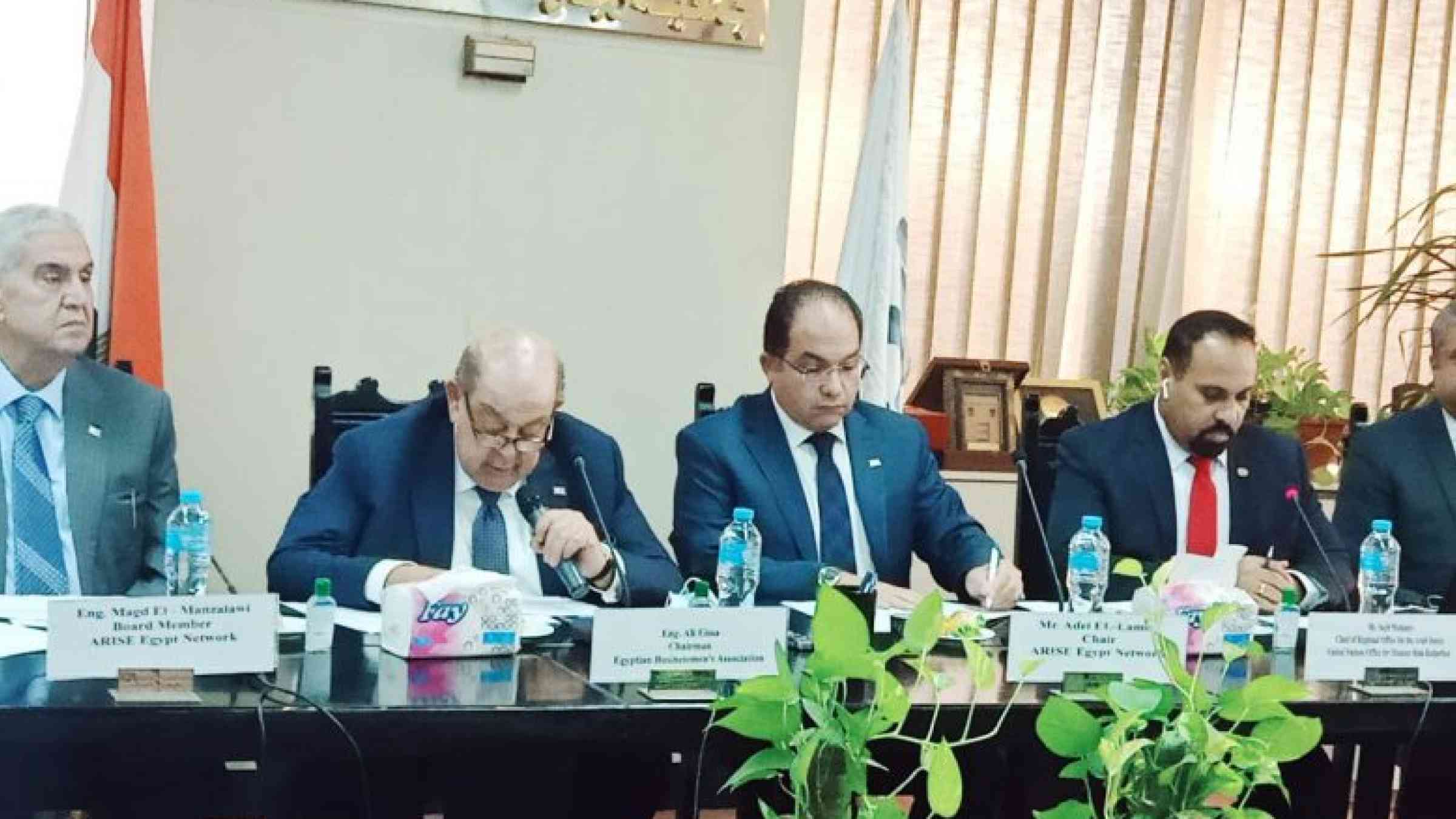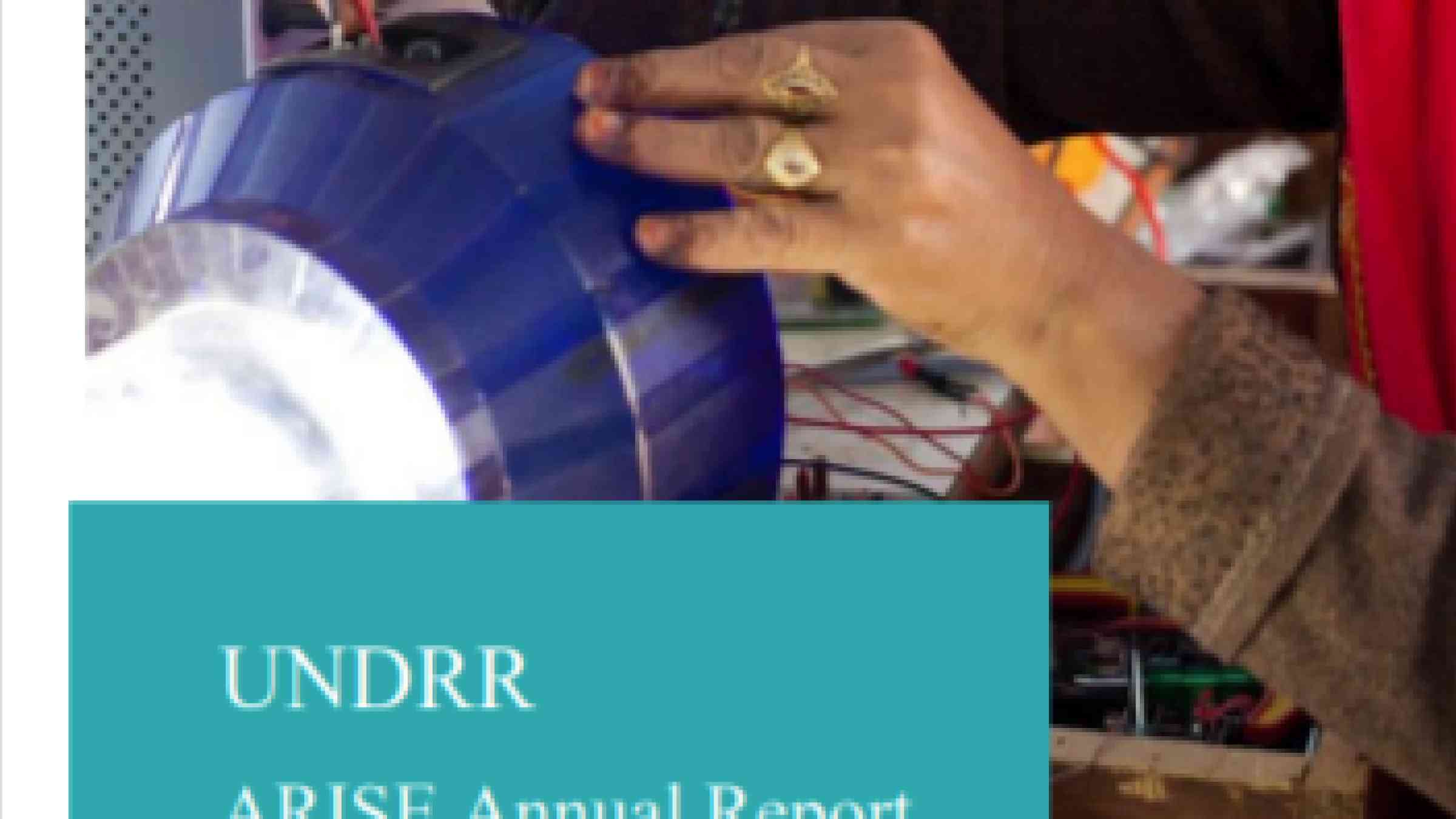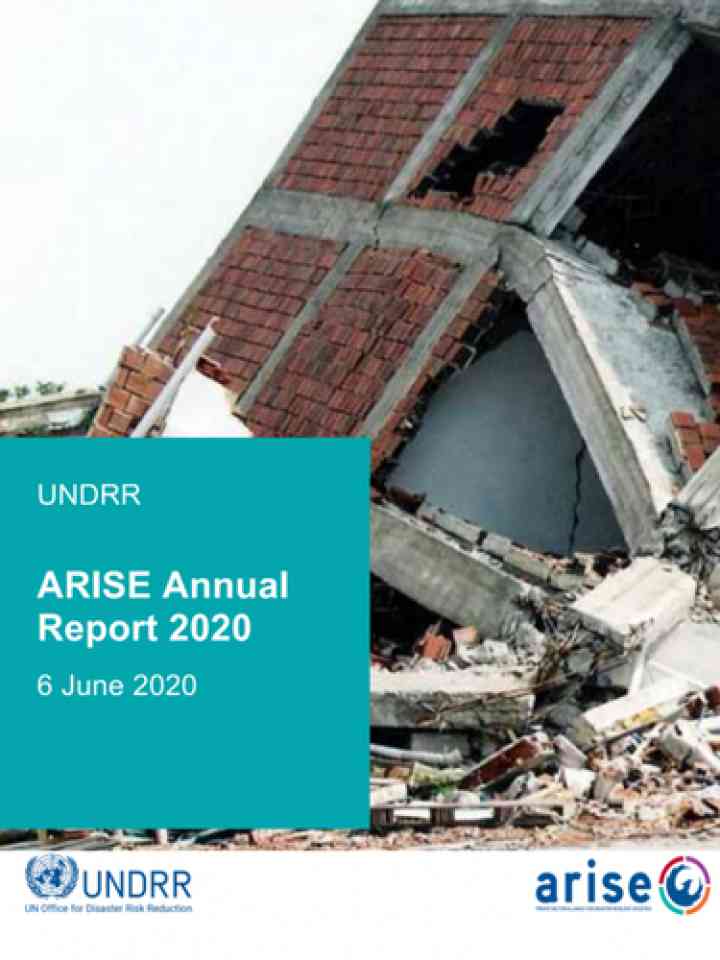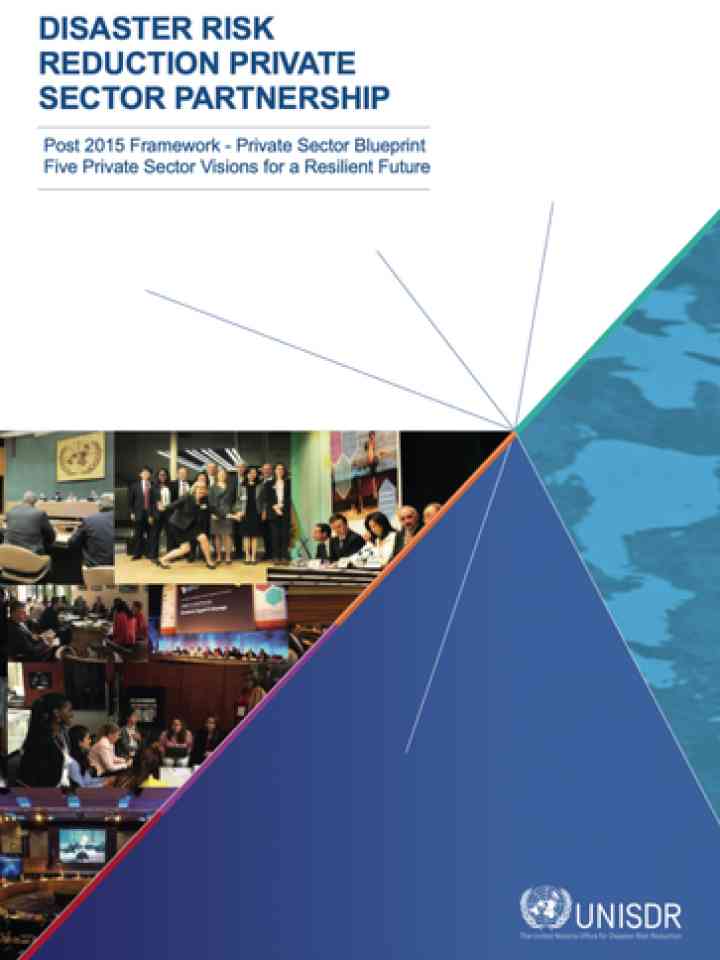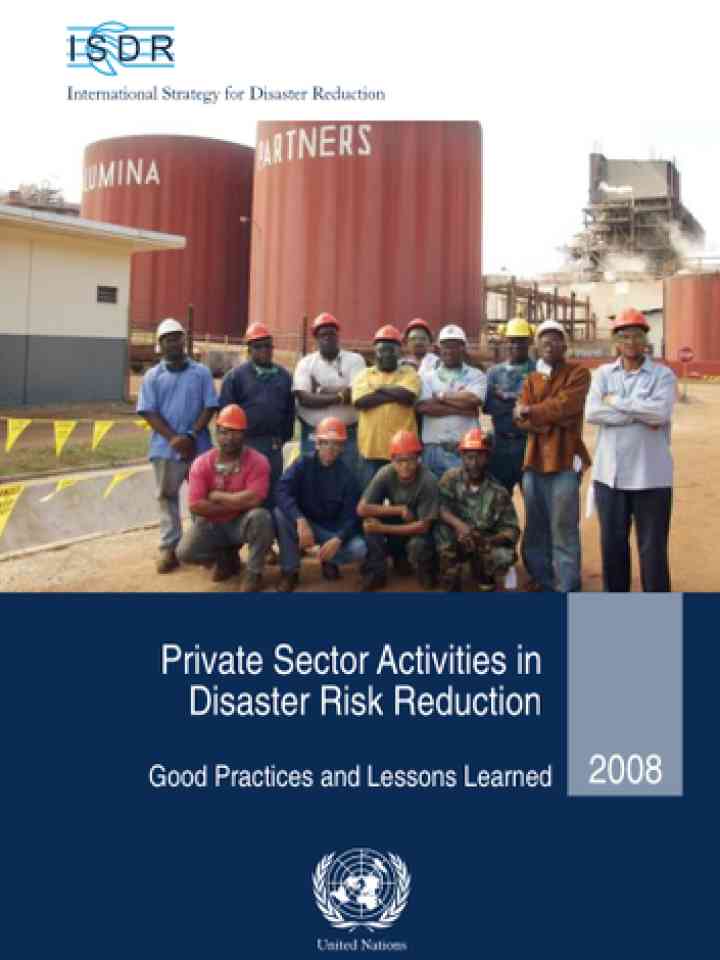Infrastructure
With over USD90 trillion to be invested in infrastructure by 2030, it is critical that this investment is risk-informed. The new Coalition for Disaster Resilient Infrastructure (CDRI) is an opportunity for ARISE to pilot resilient infrastructure through the national networks.
